by DIMPLE SANGHANI
PAKISTAN DESIGNERS SHOWCASE SPRING-SUMMER TRENDS AT FLAMBOYANT EVENT
IT MAY just have lasted two days, but Fashion Pakistan Week Spring/Summer 2018 had enough cool creations on display to last an entire season.
Top fashion designers came together in Karachi last month to show off their latest work for the season and make some important social statements through their catwalk shows.
This included spreading the message of equal opportunities and all-inclusive fashion. One of the ways designers did this was using elderly and plus-sized models along with some who had disabilities in their respective shows.
High-profile people, fashion lovers, celebrities, media and, most importantly, buyers converged to see a series of ramp events from an eclectic array of designers, from exciting newcomers to established stalwarts.
Pioneering designer Maheen Khan showed she was still very much in touch with contemporary culture on the opening day with her brand Gulabo, which featured a number of slogans printed in graffiti fonts on what were described as liberating creations and chic silhouettes.
Gogi by Hasan Riaz also used slogans on the designs, which spoke out against child abuse and child labour. Riaz even started off his show with two children taking to the catwalk with their hands bound.
The Pink Tree Company showed off their signature traditional wear with a focus on gota, zardozi work and block-prints. Huma Adnan for FnKAsia had multi-dimensional embroidered fabric moulded into dresses, capes and pants.
Meanwhile, Cheena Chhapra dedicated her collection titled Buxom to plus-sized women in a high-energy show. The show had comfortable and confident women from all walks of life walk the ramp in what was perhaps the most eye-catching section.
Other highlights from the opening day included designer Amir Adnan starting off his show with seven hearing-impaired models, and Farah Talib Aziz having actress Syra Shahroz and her mother-in-law Safina Behroze as showstoppers.
Deepak Perwani opened the second day with a menswear collection that consisted of primarily black and white outfits with gold embellishments and cool breezy women’s wear with gold cutwork. Boheme by Kanwal saw models walk the ramp in intricately-made pieces that were colourful and had beautiful thread work paired with mirror work.
AFH by Ayesha Farook was a feminine collection and a great representation of elegance and understatement, with every outfit having a story of its own with intricate and detailed embroidery. The variety of flowing silks, satins, chiffons, voiles and charmeuse were luxurious and wonderful to behold.
Another major highlight from the second day was reliable design duo Saira Shakira presenting an opulent collection with elaborate embroideries, lavishly-sequined motifs, pearls, dori work and 3D embellishments. The flowing pieces were traditional yet trendy with modern cuts and their signature designs.
The Rozina Munib collection Glamorama also made beautiful use of embroidery and incorporated materials such as 3D flowers, metal strips, glass beads, crystals, Swarovski’s, pearls, beads, quills, and sequins. The embroideries used in her pieces perhaps perfectly embodied the essential elements of the modern glamorous woman.
Another highlight from the second and final day was the Natasha Kamal collection Ebru, which showcased a playful take on linear patterns, worked with their infinite versatility through a series of different fabrications and techniques.
Overall, it was a rollercoaster with mostly highs as new and established designers made statements through the collection both fashionable and social. They showed fashion can make a difference, but still make you look fabulous at the same time.





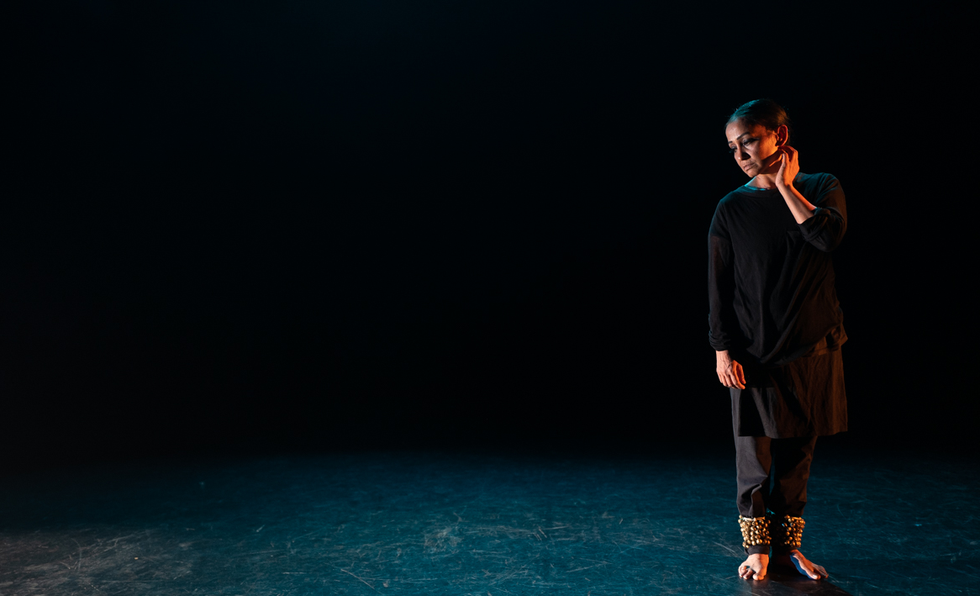











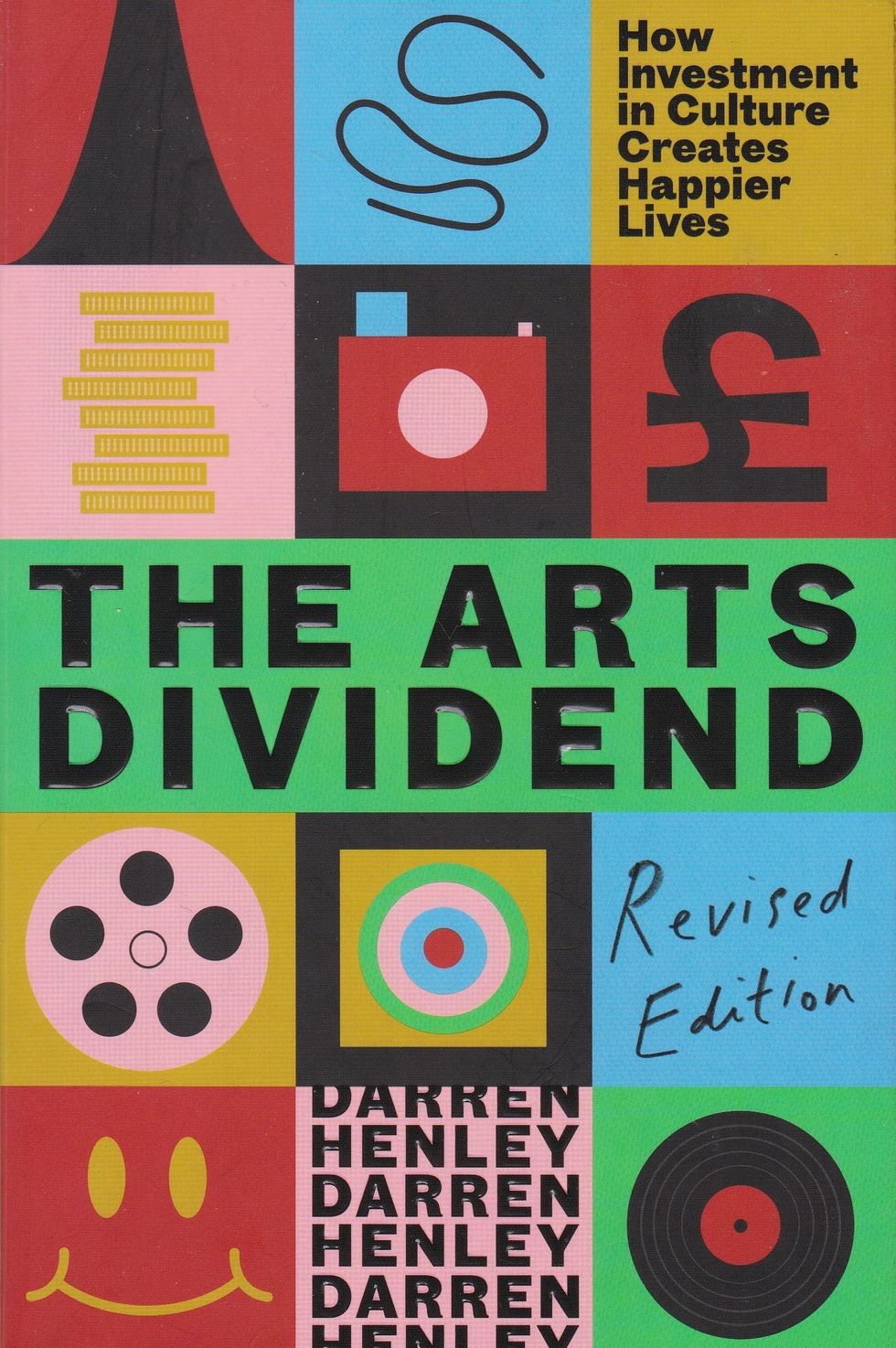 Darren Henley's book
Darren Henley's book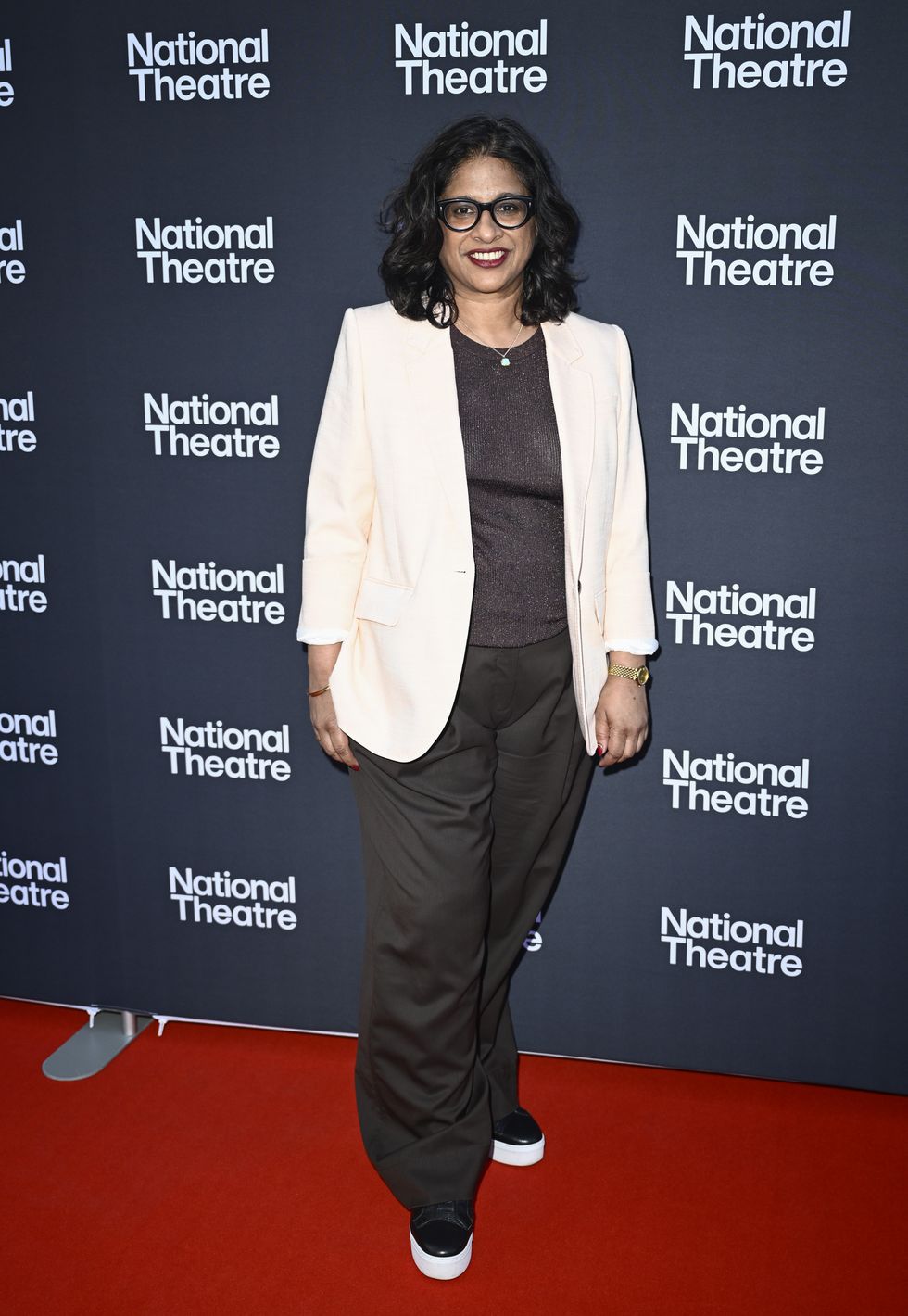 Indhu Rubasingham
Indhu Rubasingham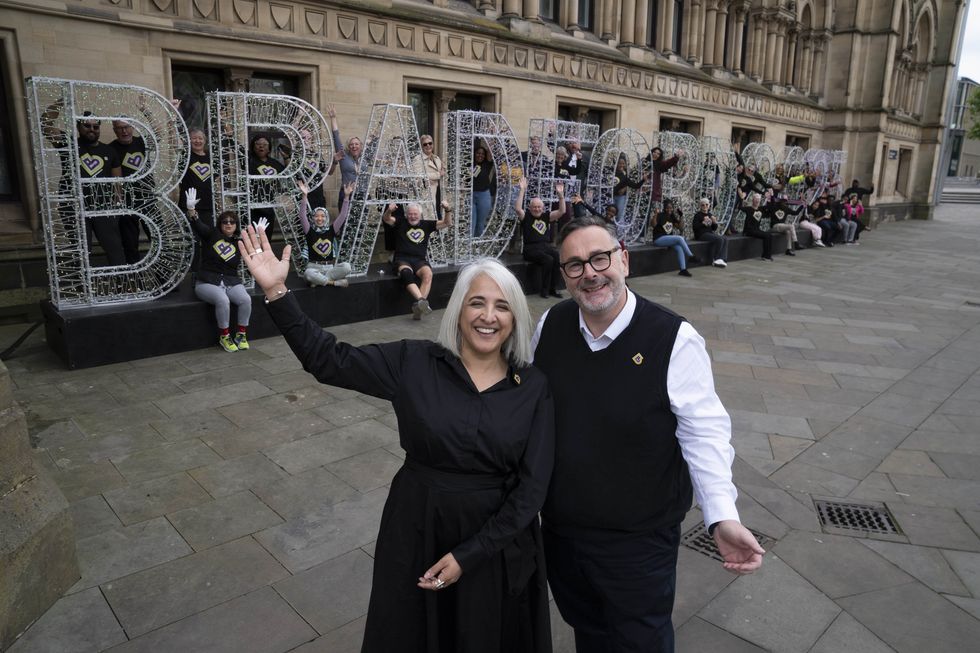 Creative director Shanaz Gulzar and executive director Dan Bates at the launch of Bradford 2025 UK City of Culture, where Syima Aslam’s literature festival is central to the city’s arts scene
Creative director Shanaz Gulzar and executive director Dan Bates at the launch of Bradford 2025 UK City of Culture, where Syima Aslam’s literature festival is central to the city’s arts scene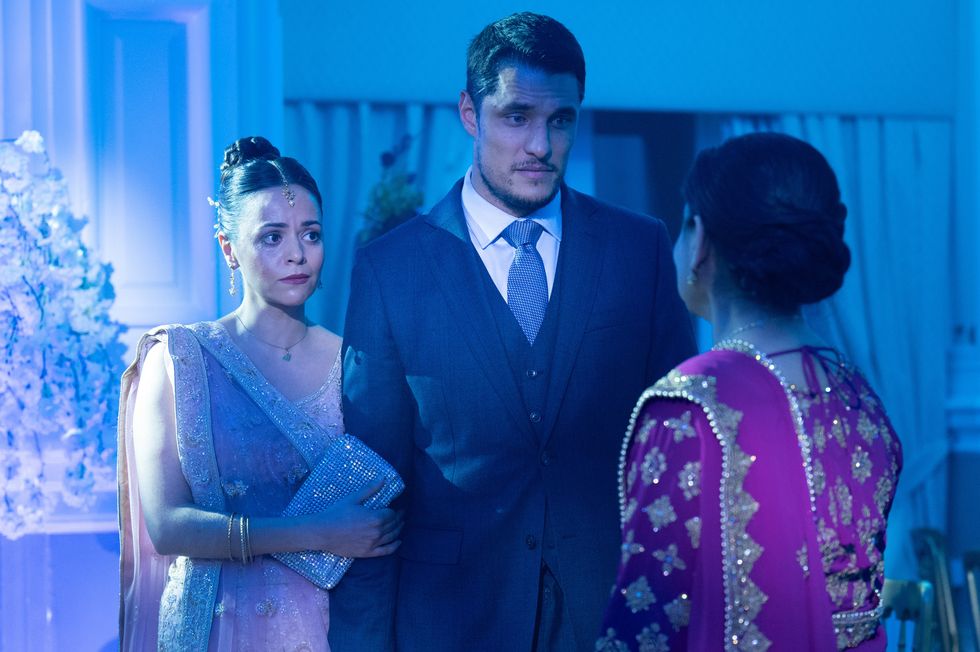 A still from the BBC crime drama Virdee, featuring Staz Nair and Aysha Kala
A still from the BBC crime drama Virdee, featuring Staz Nair and Aysha Kala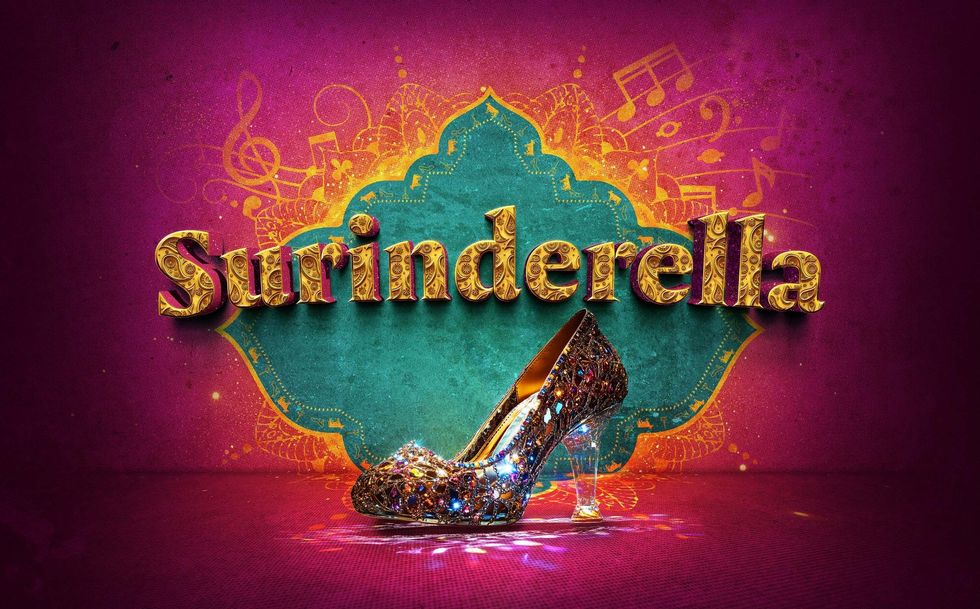 Publicity poster for Rifco’s upcoming production Surinderella
Publicity poster for Rifco’s upcoming production Surinderella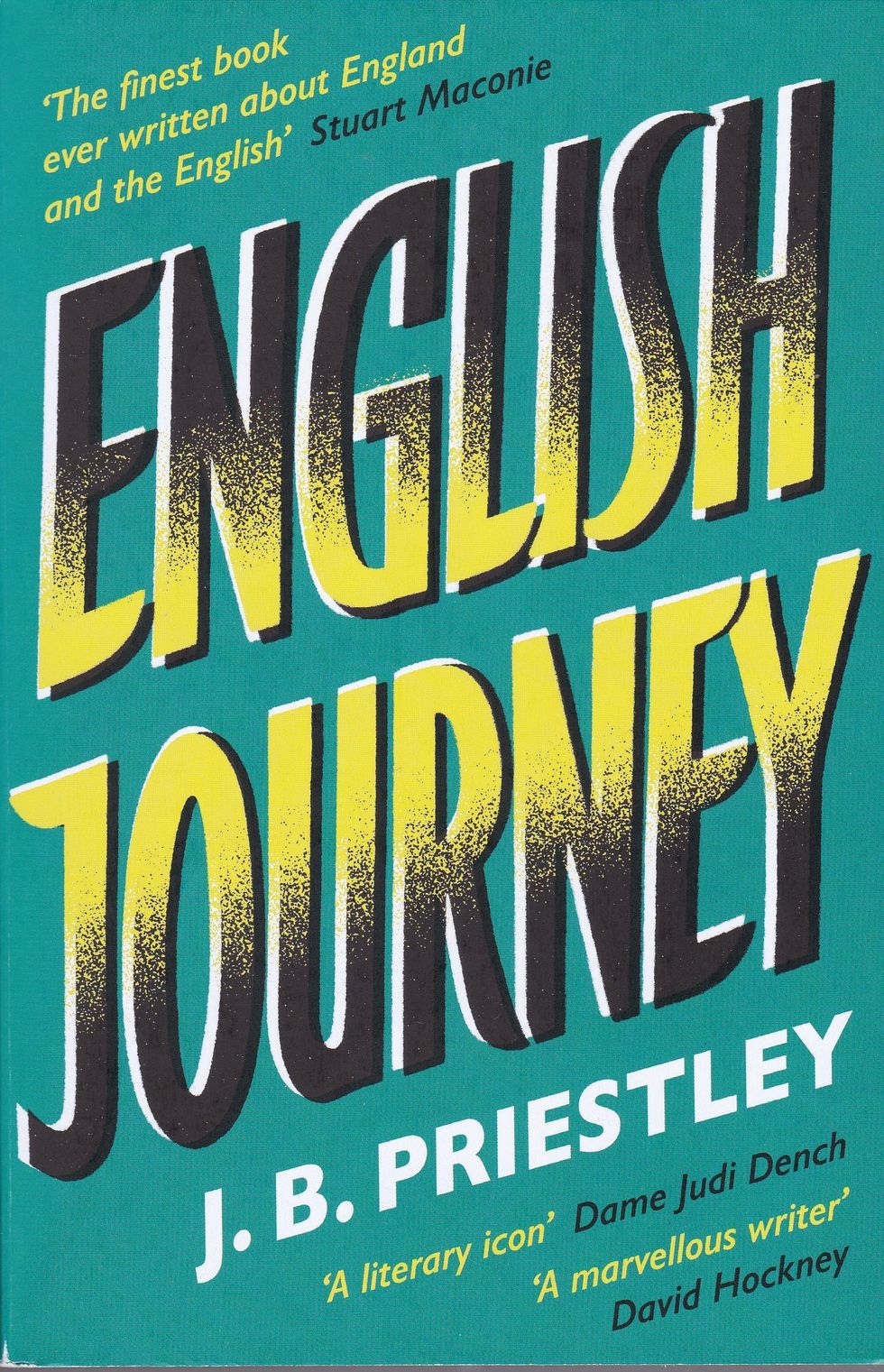 JB Priestley’s English Journey
JB Priestley’s English Journey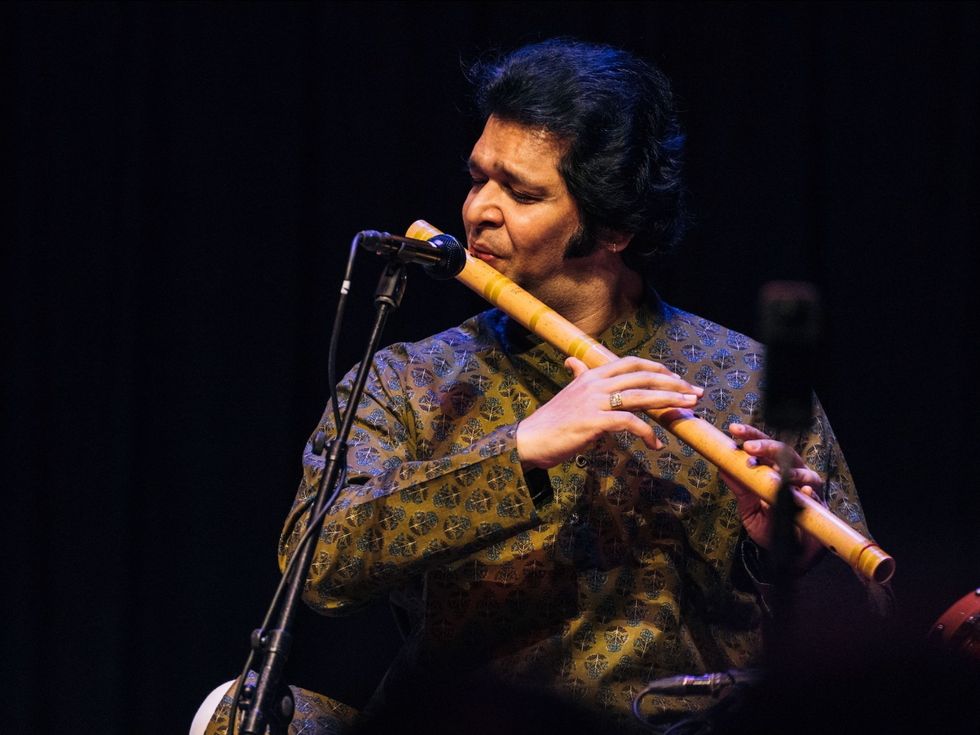 Rakesh Chaurasia performing at a Milap event
Rakesh Chaurasia performing at a Milap event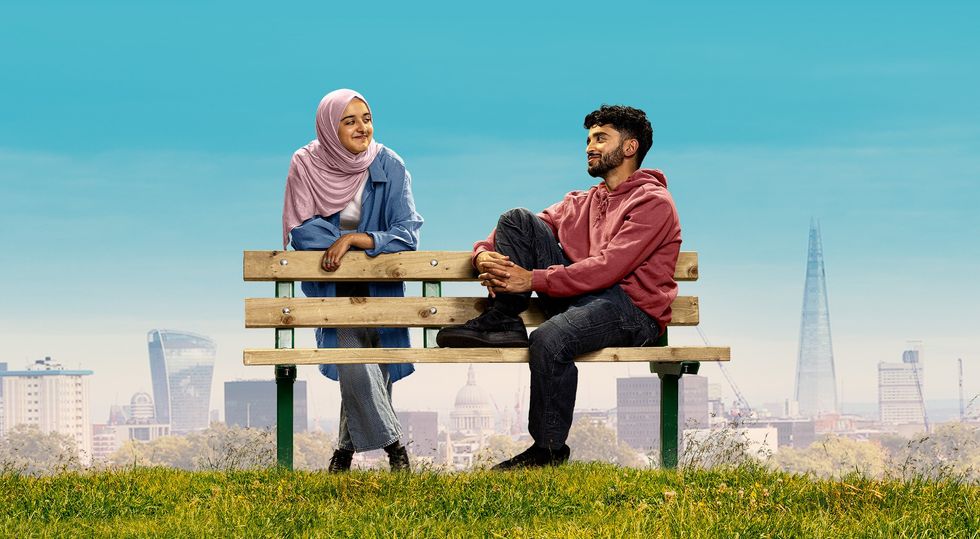 Poster for Peanut Butter & Blueberries, staged at the Kiln Theatre
Poster for Peanut Butter & Blueberries, staged at the Kiln Theatre
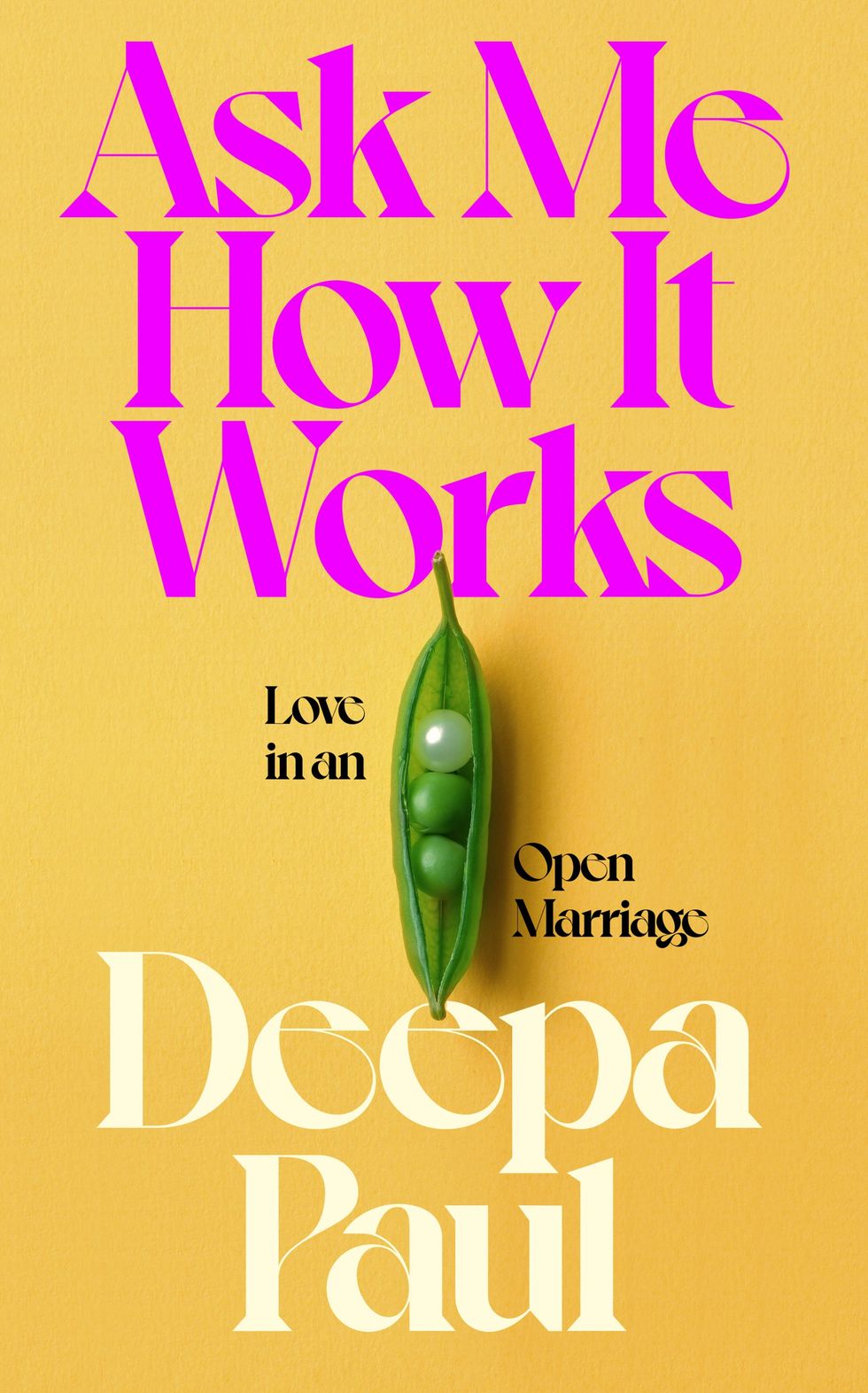 Her new book 'Ask Me How It Works'Instagram/ storiesbydeepa
Her new book 'Ask Me How It Works'Instagram/ storiesbydeepa

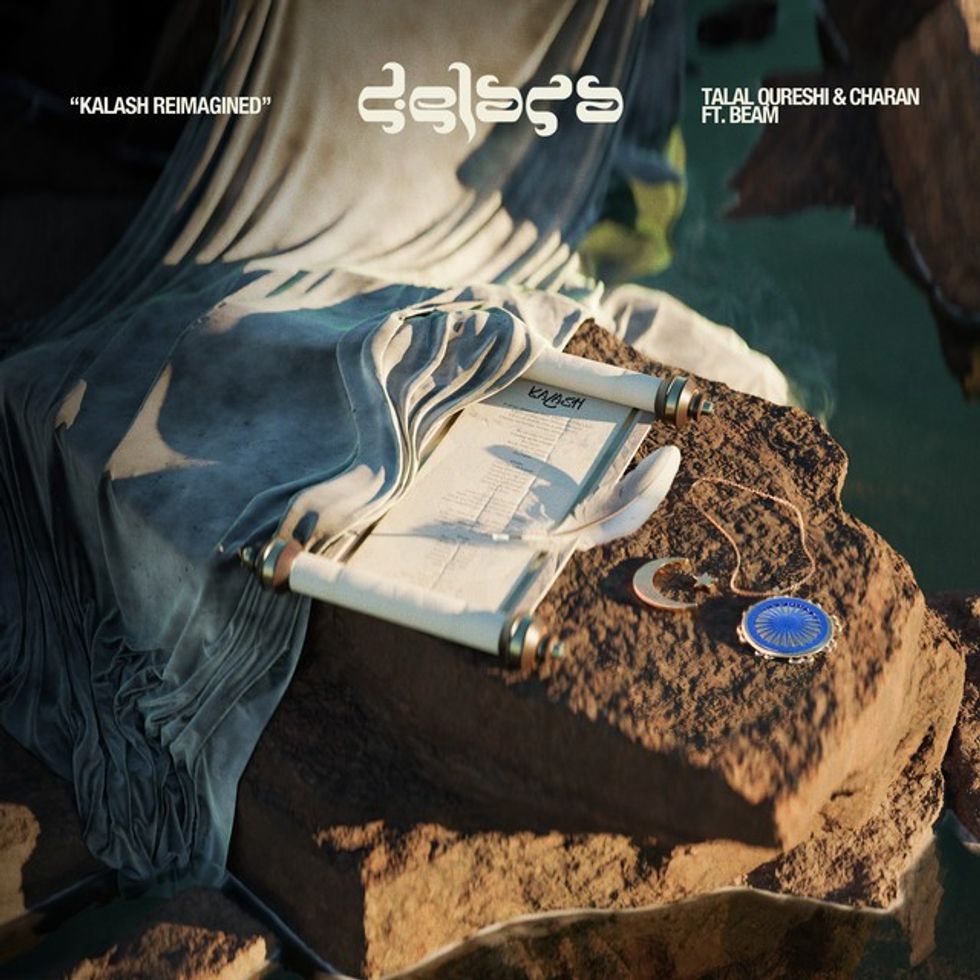 Her new track, Kalash ReimaginedInstagram/ amandadelara
Her new track, Kalash ReimaginedInstagram/ amandadelara